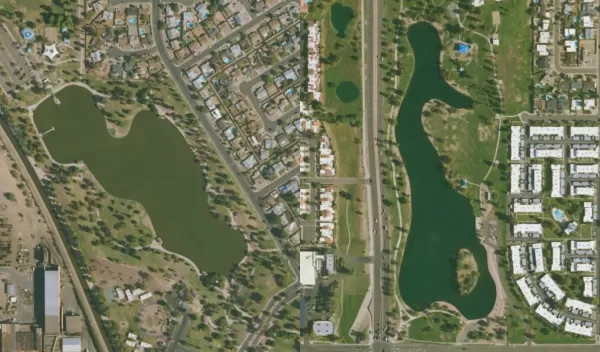
Lakes in marginalized communities sampled less, study finds
Water is essential for all forms of life — humans included — and understanding the quality of available water is critical to knowing where to drink, swim, fish and otherwise make use of the resource. A new analysis, published in Frontiers in Ecology and the Environment, by U.S. National Science Foundation-funded researchers that combines census data and information on lakes finds that critical sampling and monitoring is less likely to occur in lakes surrounded by marginalized communities. This disparity makes assessing the water quality in those communities extremely difficult.
In reviewing both population demographics and one-time monitoring data at the continental scale, the researchers found that lakes in communities of color were three times less likely to be sampled at least once than lakes in white communities. The same disparity exists when comparing lakes in Hispanic communities to those in non-Hispanic communities, the study also found.
The disparity in terms of long-term monitoring — monitoring lakes for 15 years or more — was even greater. Lakes in communities of color were seven times less likely to have long-term monitoring data when compared to white communities. The research also found that lakes in Hispanic communities were 19 times less likely to have long-term monitoring data than lakes in non-Hispanic communities.
"Where we sample can matter as much as what we sample," said Matt Kane, program director in the NSF Directorate for Biological Sciences. "These findings reveal the need to expand sampling and monitoring to get an accurate picture of water quality across the country that can serve as the basis for management and policy decisions."
